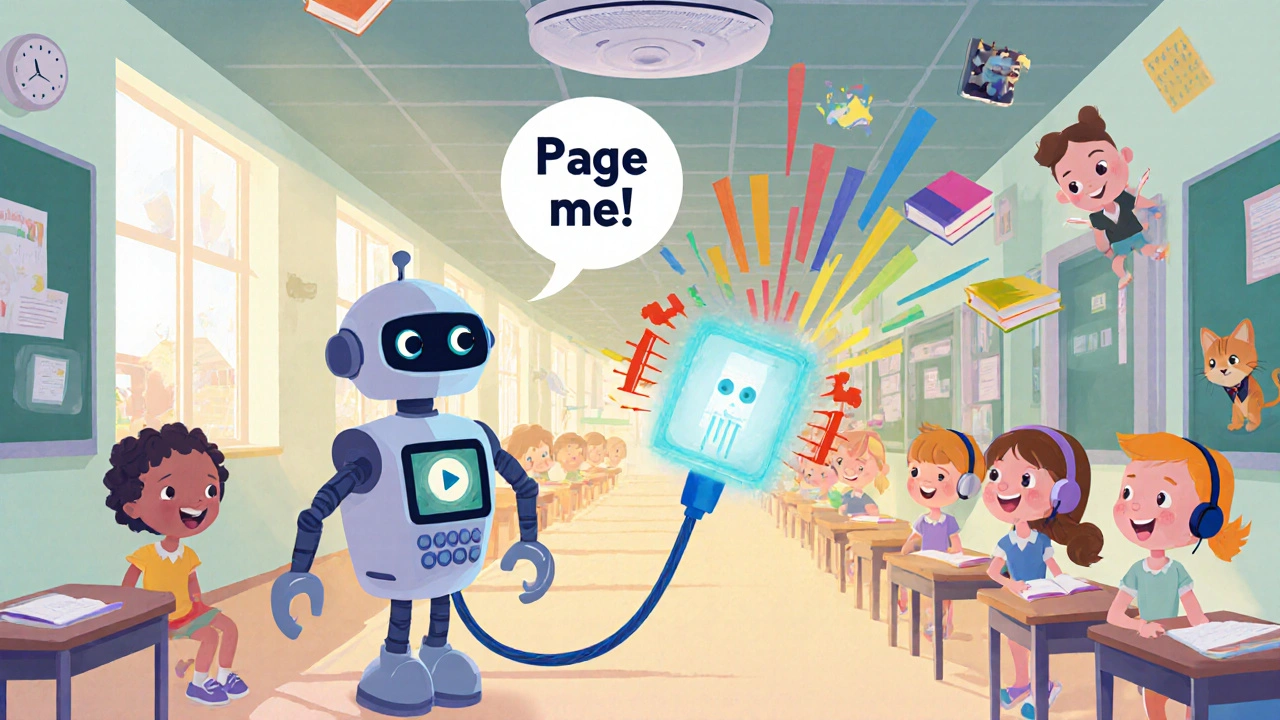Overhead Paging Systems for VoIP: How to Set Up and Use Audio Paging in Offices and Schools
When you need to announce a fire drill, call a teacher to the office, or page a technician in a warehouse, overhead paging, a system that broadcasts voice messages through speakers across a building using internet-based phone networks. Also known as IP paging, it replaces old analog PA systems with something smarter, cheaper, and easier to manage. Unlike traditional systems that need separate wiring and hardware, modern overhead paging runs over your existing Wi-Fi or Ethernet network. That means you can use any VoIP phone, speaker, or even a smartphone as a paging point—no extra boxes, no electricians.
It’s not just about convenience. Schools use classroom paging, targeted audio alerts sent to specific rooms or zones. Also known as zone paging, it lets principals broadcast messages to just the elementary wing without waking up the high school. Businesses use it for quick team alerts—like calling a mechanic in the shop or notifying the front desk of a delivery. Churches use it to announce events without mic feedback or tangled wires. All of it works because VoIP turns audio into data packets, just like a Zoom call. You don’t need a dedicated PA system—you need a VoIP provider that supports multicast audio or SIP-based paging protocols.
And it’s not magic. You need three things: a VoIP system that supports paging (most cloud PBX platforms do), speakers or IP phones placed where you need coverage, and a way to trigger the page—either through a button on a phone, a mobile app, or even a voice command. Some systems let you schedule daily announcements. Others let you record a custom message and send it to one room or the whole building with a single tap. No more running down hallways with a bullhorn.
There’s a reason this is growing fast in K-12 schools and small offices: it cuts costs and adds safety. You don’t pay for analog lines. You don’t maintain aging amplifiers. And if your network goes down, you still have cell phones—so you can page from anywhere. Schools like these systems because they can integrate paging with emergency alerts. Businesses like it because it reduces missed messages and improves response time.
What you’ll find below are real setups—how a church replaced its 1980s PA with a $200 VoIP speaker, how a warehouse uses paging to track forklift drivers, and why some schools avoid fancy IVR menus and stick to simple, one-button paging. You’ll see which providers actually work for audio broadcasting, what settings to tweak for clear sound, and how to avoid the one mistake most people make—trying to use regular VoIP phones as speakers without proper configuration.
